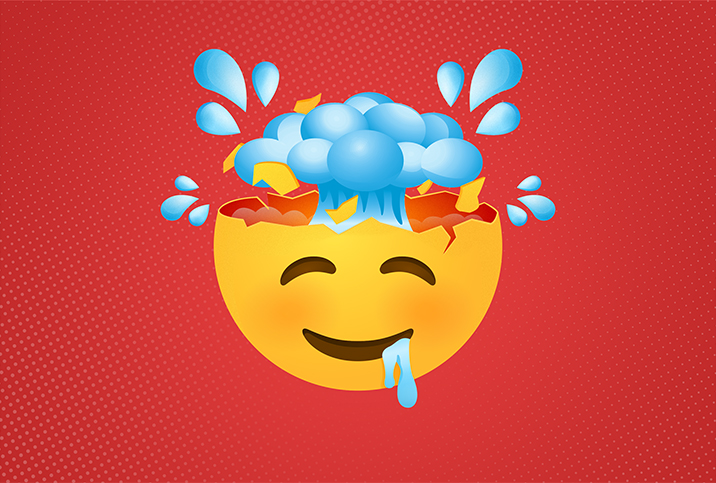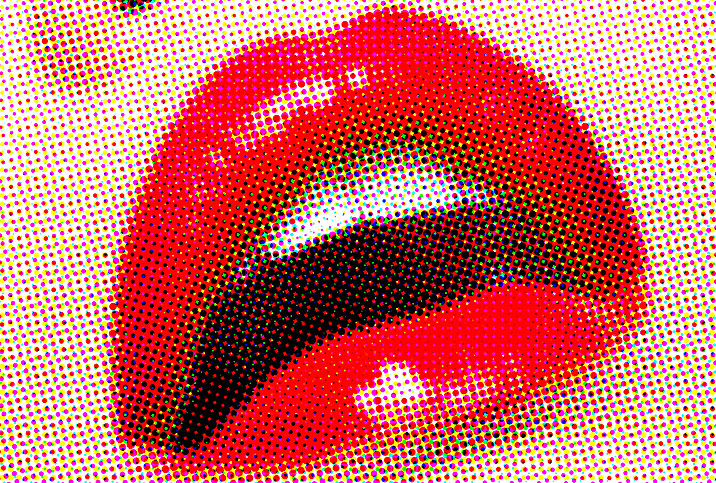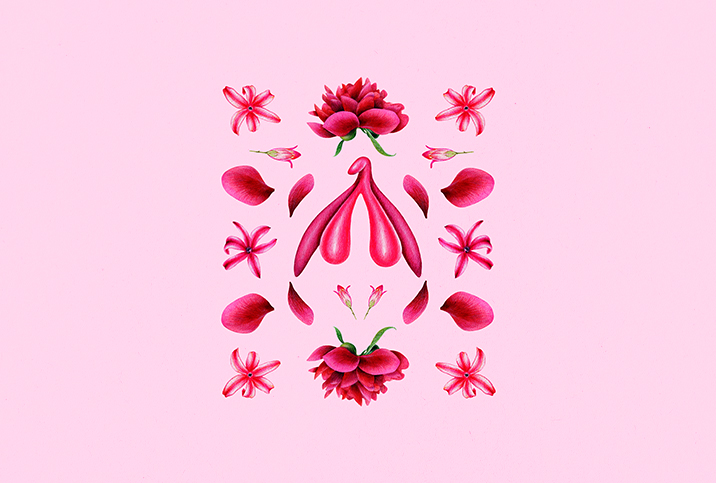What Are Skene's Glands?

The mythology surrounding the female Skene’s glands outweighs scientific understanding for many. They are derided as fake or confused with causing sexual incontinence, but the discussion about the glands—also known as the paraurethral glands, the lesser vestibular glands or the female prostate—is long overdue through the lens of strict physiology.
What are Skene's glands?
Although these glands were first described by Regnier de Graff in 1672, they are named after the Scottish gynecologist Alexander Skene, who published his research on this subject in the medical literature from 1880. Another of their names, the paraurethral glands, begs some explanation. The prefix para, meaning alongside or beside, refers to the glands’ locations on either side of the urethra. It's a much-needed reminder that the female reproductive system, especially the internal clitoris, and the urinary system aren’t just neighbors but are actually interconnected. This may contribute to the common villainization of female ejaculation as "just pee."
Where are Skene's glands located?
"The Skene's glands are located on the front wall of the vagina, near the G-spot with openings below the clitoris and on either side of the urethra," said Edwina Caito, an Indiana-based sex health journalist and educator with 30 years' experience in the field who currently acts as the head content creator for Bedbible.com, a sex toy review blog. "They are about the size of a corn kernel with the openings being the size of a pinprick—thus, cannot be seen by the naked eye."
Certain physical characteristics develop in utero before the sex of the embryo is established. Similar to men possessing nipples, the paraurethral glands are hypothesized to be the vestigial remains of what would have become a prostate. That said, their size varies greatly and upon further investigation, not all women possess the glands; one small study indicated only 50 percent of women have Skene's glands.
Besides early fetal development, there is another reason the Skene’s glands are associated with the prostate, according to Kelly Nolan, the owner of the sex toy vendor and sex blog Lush Sensation.
"The Skene's glands are often nicknamed 'the female prostate' because they develop from the same cells that make up the prostate gland in men," Nolan said. "The glands contain two enzymes that can serve as markers of health—prostate-specific antigen (PSA) and PSA phosphatase—which are similar to those found in the male prostate gland. There is a possibility of being diagnosed with cancer of the Skene’s glands, also known as women's prostate cancer. However, the risk is extremely low."
PSA is a fascinating substance but its presence in women can cause all kinds of issues. Besides possessing antibacterial agents that cleanse the urethra, its presence or lack thereof, can present complications in testing rape kits. The working assumption has been that only men have PSA, making its detection a credible verification of penetrative sex. However, that protein can also be produced by women who have Skene’s glands.
What is the Skene's gland's function?
The Skene’s glands function extends well beyond the production of PSA. A vast majority of female prostates exist purely for our pleasure and become a part of the much-debated phenomenon known as female ejaculation.
"Many women wonder if the Skene’s gland is what’s behind the phenomenon known as squirting," Nolan explained. "To understand this you have to know the difference between squirting and female ejaculation. When a woman is squirting, there is typically a greater amount of fluid released; however, with female ejaculation, a much smaller amount of fluid is released. That second type of fluid that is released from female ejaculation is thought to be produced by the Skene's gland."
While the Skene's glands absolutely require sexual stimulation to activate, female ejaculation and squirting—the release of a higher volume of clear vaginal fluid—aren’t necessarily indicative of an orgasm. Female ejaculate can be released throughout sex as a lubricant, co-occurring with arousal, but that doesn’t guarantee climax. Conversely, not all women squirt or produce female ejaculate—which is thicker and present in smaller quantities—upon reaching orgasm.
How to stimulate Skene's gland squirting
Among women who do squirt, the method of achieving it varies. For some, stimulation of the G-spot is key, while others utilize Kegels to push against penetration. Imagine the action required to propel a small or medium-sized dildo from the vagina. As for the Skene's gland fluid produced, Caito was quick to dispel the rumor that it is urine. The myth, though it possesses a grain of truth, requires further clarification.
"Scientists say female ejaculate is a urine-like substance that contains very little urine but does contain liquid from the Skene's glands, along with the PSA," Caito said. "The Skene's glands can secrete up to 50 milliliters of fluid upon sexual stimulation. Therefore, the assumption could be made that if a female ejaculates and continues with sexual stimulation, the glands quickly refill allowing a female to be multi-orgasmic."
Urea, uric acid and creatine—all waste proteins found in urine—are present in Skene's glands secretion, but not in the same quantities as actual urine. To use a metaphor, think of all the varieties of bread dough made with yeast, salt and flour. They’re all made of similar ingredients, but no one's confusing challah for rye.
Skene's glands stimulation is a learning experience
While the volume of thick and milky Skene's gland secretion from a female prostate equals around a tablespoon and a half—do keep in mind that sizes vary—the Skene's glands potentially refill at a rate that renders the size mildly irrelevant. But vaginas certainly aren’t always spouting waterfalls. Those visions of water fountain-style Skene's gland squirting, and the shame associated with being able or unable to do it, arise from a lack of fact-based education, which in turn forces people to absorb information through porn.
"There's nothing in and of itself that's bad about porn," explained Martha Kauppi, a licensed marriage and family therapist and an AASECT-certified sex therapist in Madison, Wisconsin. Kauppi noted the problem with porn: It is terrible sex ed.
"If you're using it as the way that you form your ideas of what sex is supposed to look like or what healthy sex is or how to relate to a partner in a sexual interaction, thumbs down, all the way down. It's not education, period. We’ve made the mistake of not having good sex ed, while at the same time having terrific Internet on our small devices that everybody has in their pocket. What could go wrong?"
Perhaps the controversy can be chalked up to an inaccurate introduction to our Skene’s glands by way of porn’s exaggerated depiction. Now you’ve had a proper hello.


















